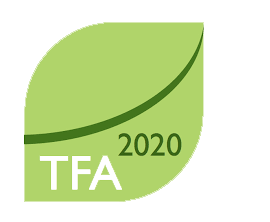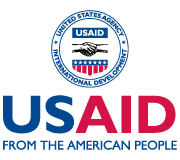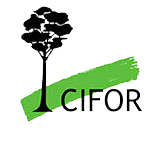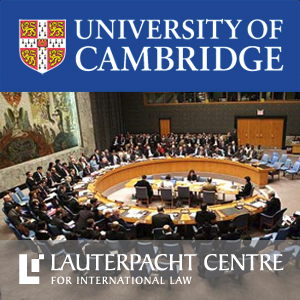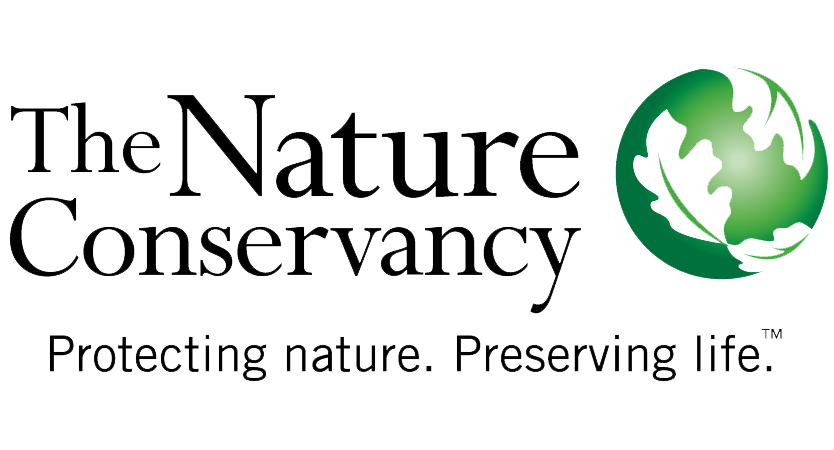Uncertainties in policy environments have undermined attempts to bring the private sector to invest in landscape restoration.
Policy approaches to manage risk of investments in sustainable landscape can be divided into three major categories:
- Economic incentives: including public investments to cover the upfront costs of some landscape restorations, payment for environmental services and innovative financing mechanisms that reduce investment risk.
- Regulatory instruments: help clarify rights and responsibilities, provide mechanisms for conflict resolution over resource rights and access, and facilitate harmonization and coordination among donor resources and investments for restoration.
- Technical assistance and knowledge-sharing: address barriers related to lack of information. This translates into technical guidance documents, farmer-to-farmer learning, south-south exchanges, as well as coordinating platforms, knowledge systems, and tools to calculate risks and returns from landscape restoration.
The session will discuss general elements for improving business environment for landscape restoration considering the above categories and take case studies to illustrate lessons learned.
Case studies will be drawn from diverse projects in Liberia, Latin America, and the Caribbean.
Key questions addressed:
- What is the role of the government to reduce risk for private investment in landscape restoration?
- What drives private investment in landscape restoration?
- Are there lessons learned from effective involvement of the private sector in landscape restoration?
Background reading
- Risk reduction measures for private sector investment in landscape restoration (White paper; 2016)
- The Restoration Diagnostic: A Method for Developing Forest Landscape Restoration Strategies by Rapidly Assessing the status of Key Success Factors
- How the private sector can fund forest landscape restoration – Opportunities in Rwanda and Kenya
- Mobilizing Private Investment in Trees and Landscape Restoration in Africa
- Assessing and Monitoring Forest Governance
- Investing in Landscapes for Integrated, Inclusive and Climate-Resilient Development





